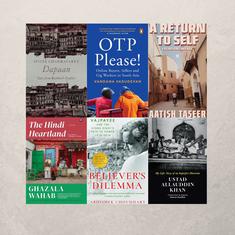For two decades now, Indian retailers have been missing from Deloitte’s annual “Global Powers of Retailing” ranking that measures global retailers by their turnover and presence in foreign markets. The list that tracks 250 of the world’s largest companies across food, grocery, apparel, household goods, and footwear retail also captures evolving consumer trends.
American retailers such as Wal-Mart Stores, Costco Wholesale, and The Kroger top Deloitte’s “Global Powers of Retailing 2017” ranking by turnover, followed by Japanese and German companies. In all, revenue for the top 250 retailers studied by Deloitte totaled over $4.3 trillion in financial year 2015. The findings of the report were released late last month.
But organised retailers, who form only 10% of India’s $600 billion retail industry, are still only catching up.
While India’s bulging population and demographics – the country has one of the youngest populations globally – make it an attractive market, the country’s spending power is still low, making it hard to generate sizable revenue fast enough.
“The number of people who shop in India and the amount they shop is high, but not in relative terms,
said Anil Talreja, partner, Deloitte India. “If you compare that amount to the earning capacity and standard of living of consumers in others western countries in absolute terms, India is still low.”
India is still a lower-middle-income country going by the World Bank’s definition. In 2016, its GDP per capita was estimated at $6,700, while that of China’s was $15,400 and the US’ $57,300.
Talreja explains that if a household spends Rs 10,000, approximately $150, during a shopping spree, it is considered very high here. However, in dollar terms, it is still low. India, he said, is still a value market where the number of products sold does not translate to high-value earnings.
The country is also a relatively new player in modern or organised retail. A bulk of India’s retail trade still happens through neighbourhood grocery stores or local mom & pop shops.
So, Indian retail companies, which are mostly two-to-three decades old at the most, are still focusing on servicing the domestic market. That’s also because India’s economic growth surged only post-1991, making its companies late starters.
Most western markets have highly mature retail industries, with players such as Kroger of the US dating back to 1833. Some of these companies have a sprawling global presence. The world’s largest retailer, Wal-Mart, which reported a turnover of $482 billion in 2016, has been in business in the US since 1962 and in the overseas market since the 1990s.
In comparison, one of India’s most popular departmental store chains, Shoppers Stop, first opened in Mumbai in 1991, and the Kishore Biyani-owned Big Bazaar was launched in 2001.
This article first appeared on Quartz.










